Home>Technology>Security & Surveillance>How To Lock A Keyless Entry Door
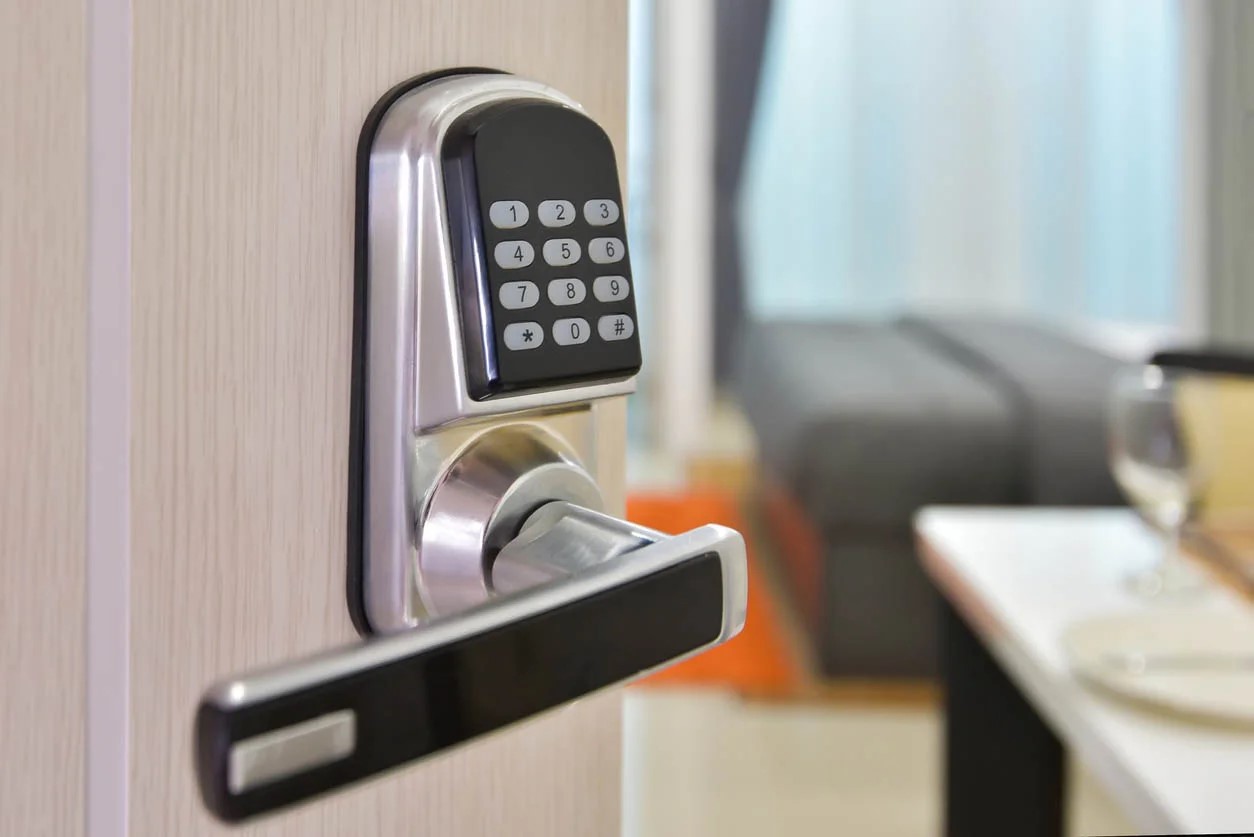

Security & Surveillance
How To Lock A Keyless Entry Door
Published: December 26, 2023
Learn the best methods for securing your keyless entry door with our comprehensive guide. Enhance your home security and surveillance with expert tips and advice.
(Many of the links in this article redirect to a specific reviewed product. Your purchase of these products through affiliate links helps to generate commission for Storables.com, at no extra cost. Learn more)
Introduction
Welcome to the world of keyless entry systems, where convenience meets modern security. In today's fast-paced lifestyle, the need for seamless access to our homes and businesses has led to the widespread adoption of keyless entry systems. These innovative solutions have revolutionized the way we secure our properties, offering a convenient and secure alternative to traditional lock-and-key mechanisms.
With keyless entry systems, the days of fumbling for keys in the dark or worrying about lost or stolen keys are a thing of the past. Whether it's a residential property, a commercial establishment, or a smart office, keyless entry systems provide a sophisticated yet user-friendly way to control access. From sleek touchscreen keypads to advanced biometric scanners, these systems offer a diverse range of options to suit various security needs and preferences.
In this comprehensive guide, we will delve into the intricacies of keyless entry systems, exploring the different types available and providing step-by-step instructions on how to lock a keyless entry door effectively. Additionally, we will share valuable tips for maximizing the security of your keyless entry system, ensuring that your property remains well-protected at all times.
Join us as we unravel the fascinating world of keyless entry systems and empower you with the knowledge to make the most of these cutting-edge security solutions. Let's embark on this enlightening journey to discover the seamless integration of convenience and security in the realm of keyless entry systems.
Key Takeaways:
- Embrace the convenience and security of keyless entry systems, from numeric keypads to smartphone-enabled locks, for a seamless and modern way to control access to homes and businesses.
- Safeguard your property by mastering the simple steps to lock a keyless entry door and implementing proactive measures like strong access codes and regular security audits.
Understanding Keyless Entry Systems
Keyless entry systems, also known as electronic or digital door locks, have redefined the concept of access control by eliminating the need for traditional keys. These innovative systems offer a diverse array of entry methods, ranging from numeric keypads and RFID cards to biometric scanners and smartphone-enabled access. By leveraging advanced technology, keyless entry systems provide a seamless and secure means of accessing residential, commercial, and industrial properties.
One of the key advantages of keyless entry systems is their versatility. They can be seamlessly integrated into various entry points, including main doors, interior rooms, garages, and even safes. This adaptability makes them a popular choice for homeowners, businesses, and organizations seeking efficient access control solutions.
Furthermore, keyless entry systems offer enhanced security features compared to traditional locks. Many models are equipped with built-in alarms, tamper-resistant designs, and advanced encryption to thwart unauthorized access attempts. Additionally, the absence of physical keys eliminates the risk of key duplication and provides greater control over access privileges.
Moreover, the convenience offered by keyless entry systems cannot be overstated. With the ability to create unique access codes, assign RFID cards, or even remotely grant access via a smartphone app, these systems offer unparalleled flexibility in managing entry permissions. This is particularly beneficial for property owners who need to grant temporary access to guests, service providers, or employees.
As technology continues to evolve, keyless entry systems have become increasingly sophisticated, incorporating features such as remote monitoring, integration with smart home automation systems, and cloud-based access management. These advancements have elevated the role of keyless entry systems beyond mere security solutions, positioning them as integral components of modern smart homes and connected workplaces.
By understanding the fundamental principles and capabilities of keyless entry systems, individuals and organizations can make informed decisions when selecting and utilizing these innovative access control solutions. In the subsequent sections, we will explore the various types of keyless entry systems and provide practical insights on how to effectively secure and manage these advanced security mechanisms.
Types of Keyless Entry Systems
Keyless entry systems encompass a diverse range of technologies, each offering unique features and functionalities to cater to different security and access control needs. Understanding the various types of keyless entry systems is essential for selecting the most suitable solution for a specific application. Here are some of the most prevalent types of keyless entry systems:
- Numeric Keypads: These systems require users to input a predefined numeric code to gain access. Numeric keypads are widely used in residential and commercial settings, offering a straightforward and cost-effective means of securing entry points.
- RFID Card Readers: Utilizing radio frequency identification (RFID) technology, these systems grant access to individuals possessing authorized RFID cards or fobs. RFID card readers are popular in office buildings, hotels, and educational institutions due to their convenience and ease of use.
- Biometric Scanners: Biometric keyless entry systems utilize fingerprint, iris, or facial recognition technology to verify an individual’s identity. These highly secure systems are commonly employed in high-security environments such as government facilities, research laboratories, and financial institutions.
- Bluetooth-Enabled Locks: Leveraging Bluetooth technology, these keyless entry systems allow users to unlock doors using their smartphones as virtual keys. Bluetooth-enabled locks offer seamless integration with mobile devices and are ideal for smart homes and modern office environments.
- Remote-Controlled Locks: These systems enable users to remotely lock and unlock doors via a dedicated mobile app or web interface. Remote-controlled locks provide unparalleled convenience and are suitable for managing access to vacation homes, rental properties, and shared workspaces.
Each type of keyless entry system presents distinct advantages and considerations, and the choice of system depends on factors such as security requirements, user convenience, and integration with existing access control infrastructure. By evaluating the specific needs and operational dynamics of a property or facility, individuals and organizations can identify the most appropriate type of keyless entry system to enhance security and streamline access management.
With an understanding of the diverse array of keyless entry systems available, it becomes evident that these advanced security solutions offer adaptable and sophisticated methods of controlling access to physical spaces. In the following sections, we will delve into the essential steps for effectively locking a keyless entry door, empowering users to optimize the security and functionality of their keyless entry systems.
Make sure to always press the “lock” button on your keyless entry door’s keypad after entering your code. This will ensure that the door is securely locked behind you.
Steps to Lock a Keyless Entry Door
Locking a keyless entry door is a simple yet crucial process that ensures the security of a property or space. Whether it’s a residential door, an office entrance, or a secure room, understanding the steps to effectively lock a keyless entry door is essential for maintaining a safe and protected environment. Here are the fundamental steps to lock a keyless entry door:
- Ensure the Door is Fully Closed: Before initiating the locking procedure, confirm that the door is completely closed and properly aligned with the door frame. This ensures that the locking mechanism engages securely, fortifying the door against unauthorized entry.
- Activate the Locking Mechanism: Depending on the type of keyless entry system installed, follow the designated method to activate the locking mechanism. This may involve pressing a specific button, entering a locking code, tapping an RFID card, or using a smartphone app to remotely lock the door.
- Verify the Locked Status: After initiating the locking process, visually or audibly confirm that the door has been successfully locked. Many keyless entry systems feature visual indicators, such as LED lights or digital displays, to signal the locked status. Additionally, some systems emit audible cues to signify that the door is securely locked.
- Test the Locked Door: To ensure peace of mind, perform a brief test to verify that the locked door is secure and resistant to unauthorized access. Gently attempt to open the door from the outside to confirm that the locking mechanism is functioning as intended and effectively preventing entry without authorized credentials.
By following these steps, individuals can confidently lock a keyless entry door, safeguarding their premises and assets with enhanced security measures. It is important to acquaint oneself with the specific operation and features of the installed keyless entry system to ensure seamless and reliable locking functionality.
Furthermore, integrating regular checks and maintenance of the keyless entry system contributes to its long-term effectiveness and reliability. Periodically inspecting the system’s components, such as batteries, sensors, and connectivity interfaces, helps preemptively address any potential issues and maintain optimal security performance.
As we navigate the evolving landscape of security and access control, mastering the fundamental steps to lock a keyless entry door empowers individuals and organizations to uphold the integrity of their security infrastructure. In the subsequent section, we will share valuable tips for enhancing the security of keyless entry doors, providing actionable insights to fortify access control measures and mitigate security risks.
Tips for Securing a Keyless Entry Door
Securing a keyless entry door goes beyond the basic locking procedures, encompassing proactive measures and best practices to fortify the overall security of the entry point. By implementing the following tips, individuals and organizations can enhance the resilience of their keyless entry systems and mitigate potential vulnerabilities:
- Choose a Strong Access Code: If the keyless entry system utilizes a numeric keypad, select a robust access code that is not easily guessable. Avoid using sequential or repetitive number combinations, and opt for a code that is unique and memorable to authorized users.
- Regularly Update Access Credentials: For systems employing RFID cards, biometric data, or virtual keys, periodically review and update the access credentials assigned to individuals. Revoking access for former employees, tenants, or guests helps prevent unauthorized entry and maintains control over access privileges.
- Implement Multi-Factor Authentication: Where feasible, integrate multi-factor authentication methods, such as combining a PIN with biometric verification or requiring secondary authorization for critical access points. Multi-factor authentication adds an extra layer of security to the keyless entry system.
- Conduct Security Audits: Perform routine security audits to assess the integrity of the keyless entry system and identify any potential weaknesses. This may involve testing the system’s response to simulated intrusion attempts and evaluating its resistance to tampering or bypassing.
- Maintain Power Supply: Ensure that the keyless entry system’s power source, whether battery-powered or wired, is consistently maintained and monitored. Low battery levels or power disruptions can compromise the functionality of the system, leading to access issues or security lapses.
- Enable Activity Logging: If the keyless entry system supports activity logging, activate this feature to record access events and system interactions. Activity logs provide valuable insights into access patterns, unauthorized entry attempts, and system malfunctions, aiding in security analysis and incident resolution.
- Secure Communication Channels: For network-connected keyless entry systems, prioritize the security of communication channels and data transmission. Employ encryption protocols, secure network configurations, and regular software updates to mitigate the risk of unauthorized access or data breaches.
By incorporating these proactive measures into the management of keyless entry doors, individuals and organizations can bolster the resilience of their access control systems and uphold a heightened level of security. Additionally, fostering awareness and adherence to security protocols among authorized users contributes to the overall effectiveness of the keyless entry system.
Embracing a comprehensive approach to securing keyless entry doors not only safeguards physical spaces but also reinforces the confidence and trust placed in modern access control technologies. As we conclude this exploration of keyless entry systems, it is evident that a proactive stance towards security is imperative in safeguarding the integrity of access points and ensuring the protection of occupants and assets.
Read also: 12 Best RV Keyless Entry Door Lock For 2025
Conclusion
The evolution of keyless entry systems has ushered in a new era of access control, blending convenience and security in a seamless amalgamation of advanced technology. From numeric keypads and RFID card readers to biometric scanners and smartphone-enabled locks, the diverse array of keyless entry systems offers versatile solutions for securing residential, commercial, and industrial spaces.
By gaining an understanding of the fundamental principles and capabilities of keyless entry systems, individuals and organizations are empowered to make informed decisions when selecting and utilizing these innovative access control solutions. The versatility, enhanced security features, and unparalleled convenience offered by keyless entry systems have positioned them as integral components of modern smart homes and connected workplaces.
Mastering the essential steps to lock a keyless entry door is paramount in ensuring the security of a property or space. By following a simple yet crucial procedure, individuals can confidently safeguard their premises and assets with enhanced security measures. Additionally, implementing proactive measures and best practices, such as choosing strong access codes, regularly updating access credentials, and conducting security audits, contributes to fortifying the overall security of keyless entry doors.
As we navigate the evolving landscape of security and access control, it is imperative to embrace a comprehensive approach to securing keyless entry doors. This entails not only adhering to fundamental locking procedures but also integrating proactive measures to bolster the resilience of access control systems and mitigate potential vulnerabilities.
In conclusion, the seamless integration of convenience and security in the realm of keyless entry systems exemplifies the transformative impact of modern technology on access control. By embracing the capabilities and best practices associated with keyless entry systems, individuals and organizations can fortify their security infrastructure and uphold a heightened level of security, thereby safeguarding physical spaces and reinforcing confidence in modern access control technologies.
Frequently Asked Questions about How To Lock A Keyless Entry Door
Was this page helpful?
At Storables.com, we guarantee accurate and reliable information. Our content, validated by Expert Board Contributors, is crafted following stringent Editorial Policies. We're committed to providing you with well-researched, expert-backed insights for all your informational needs.
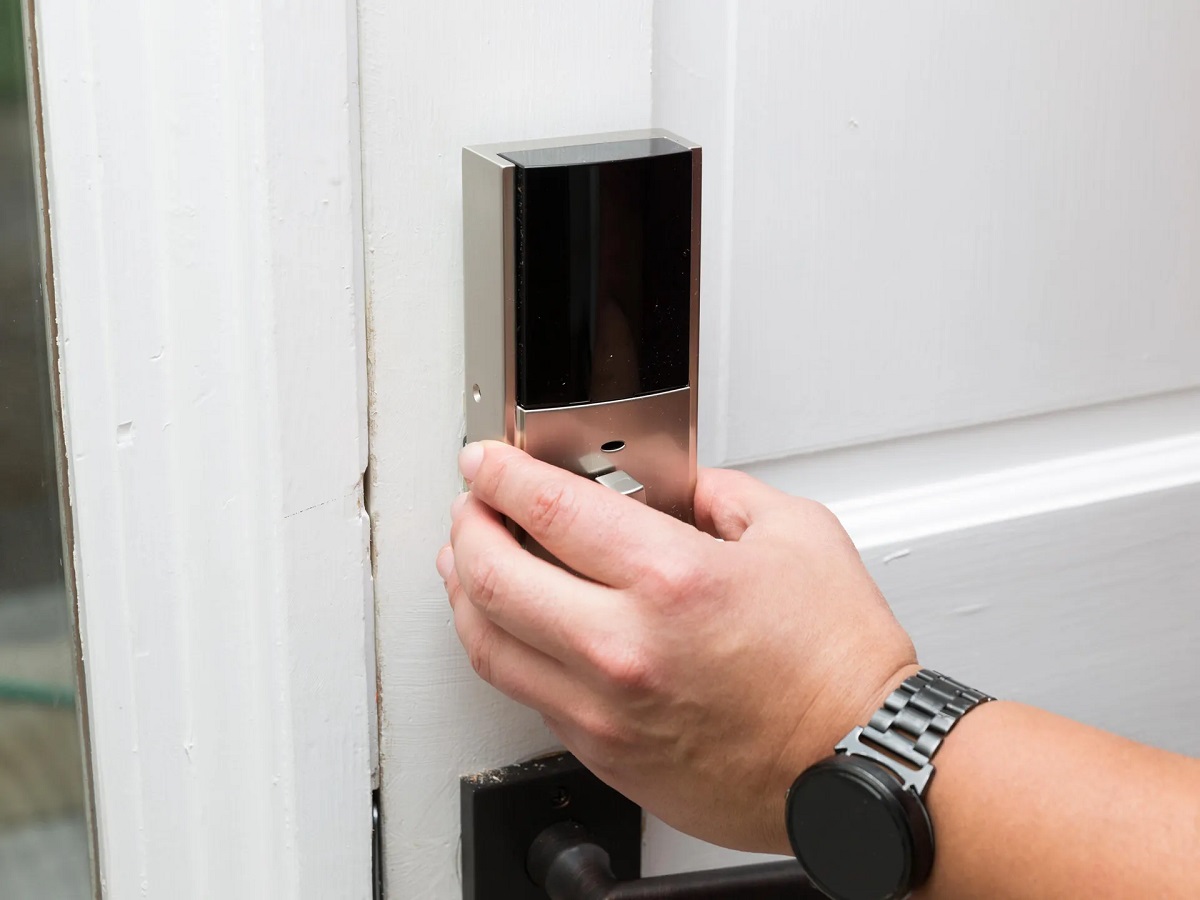
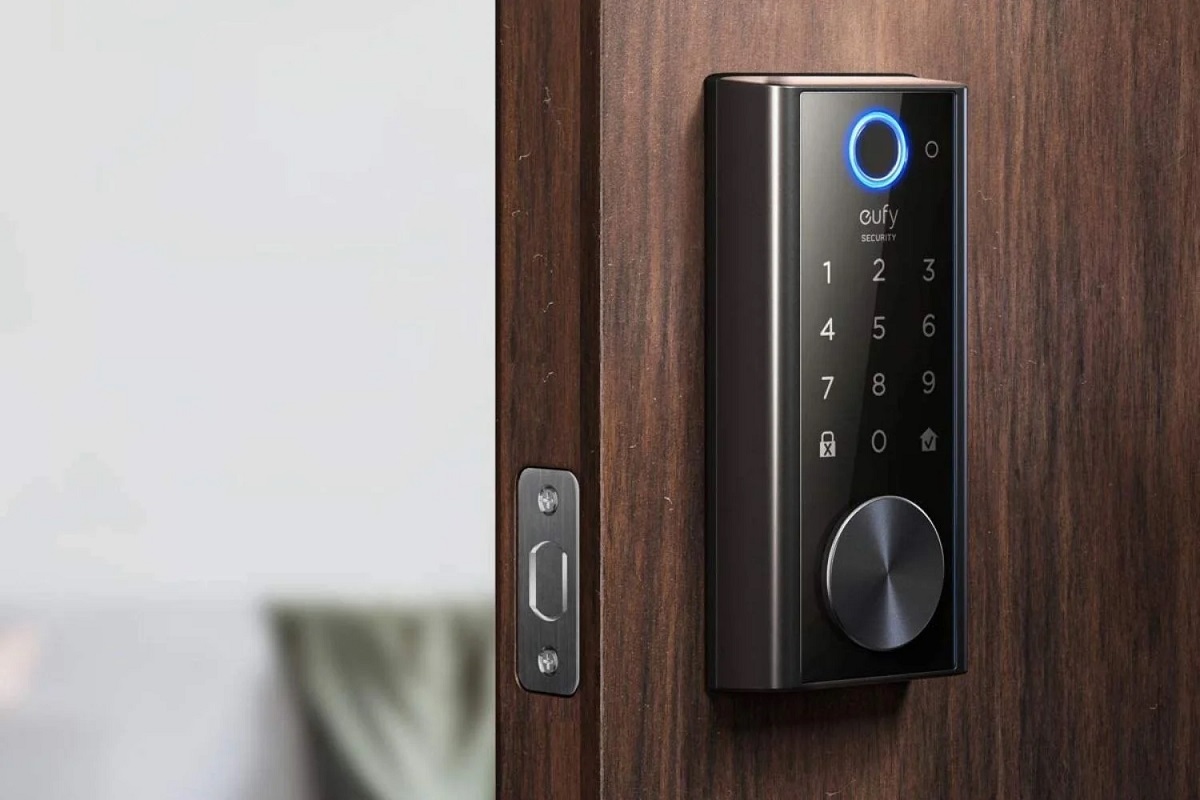
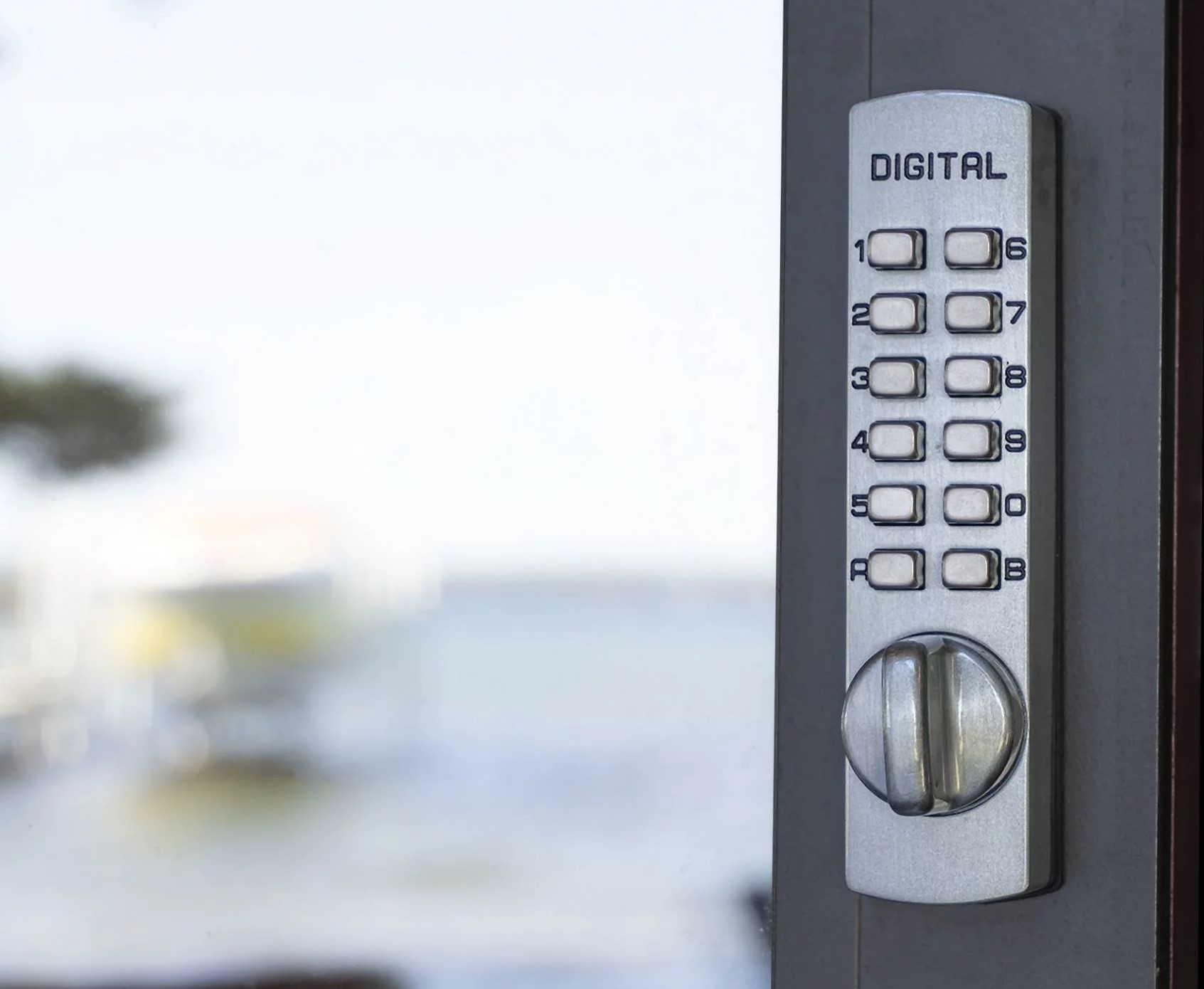
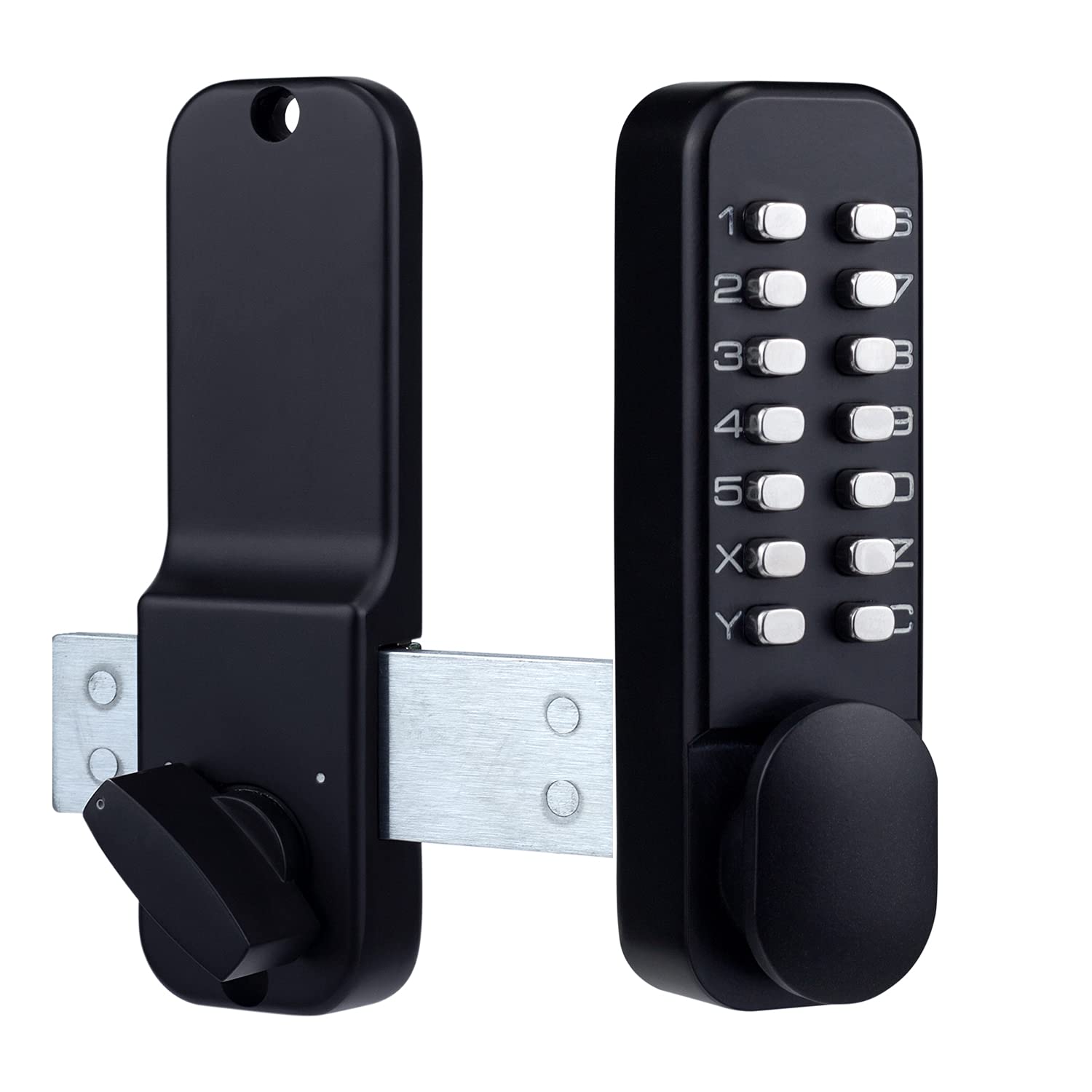
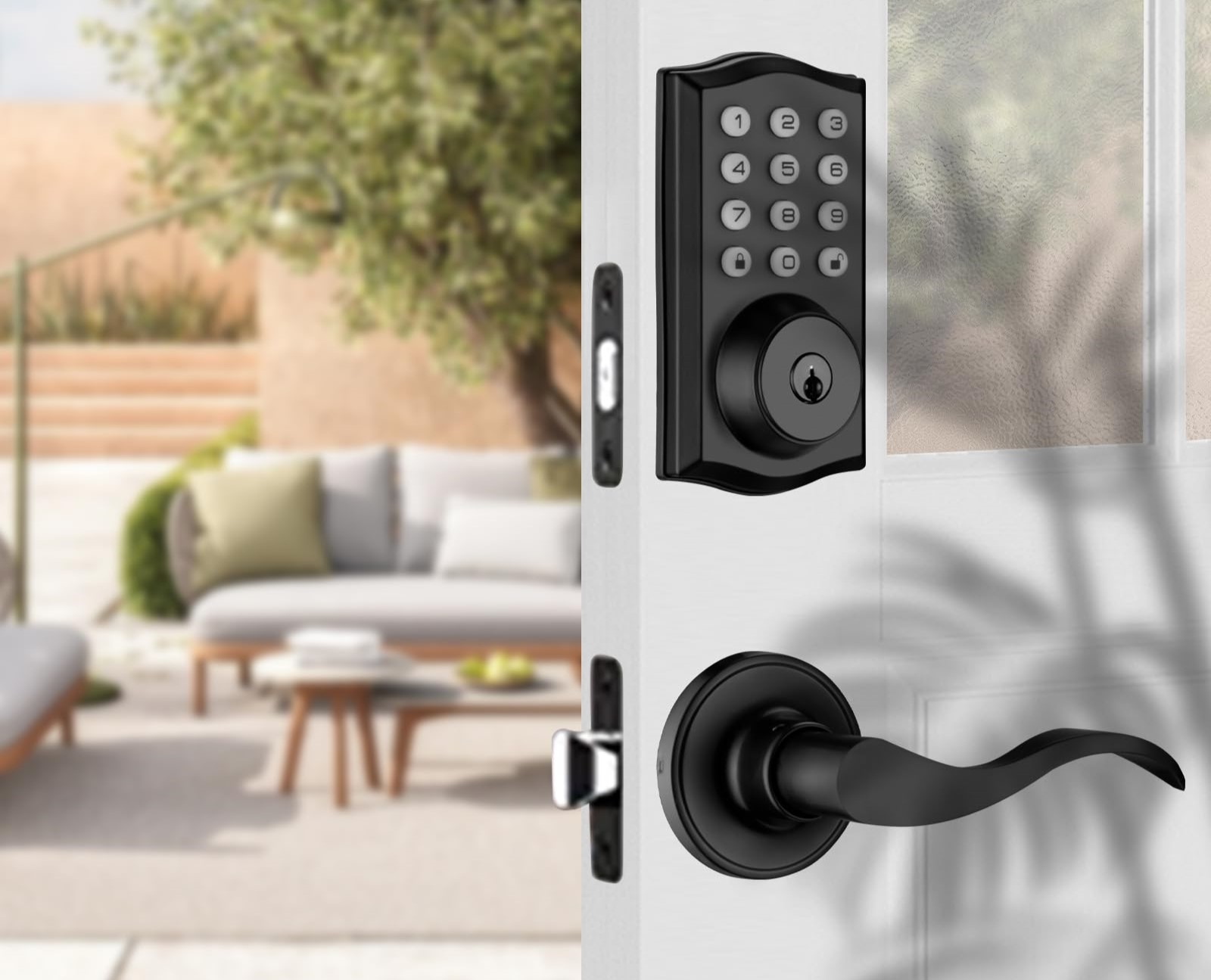
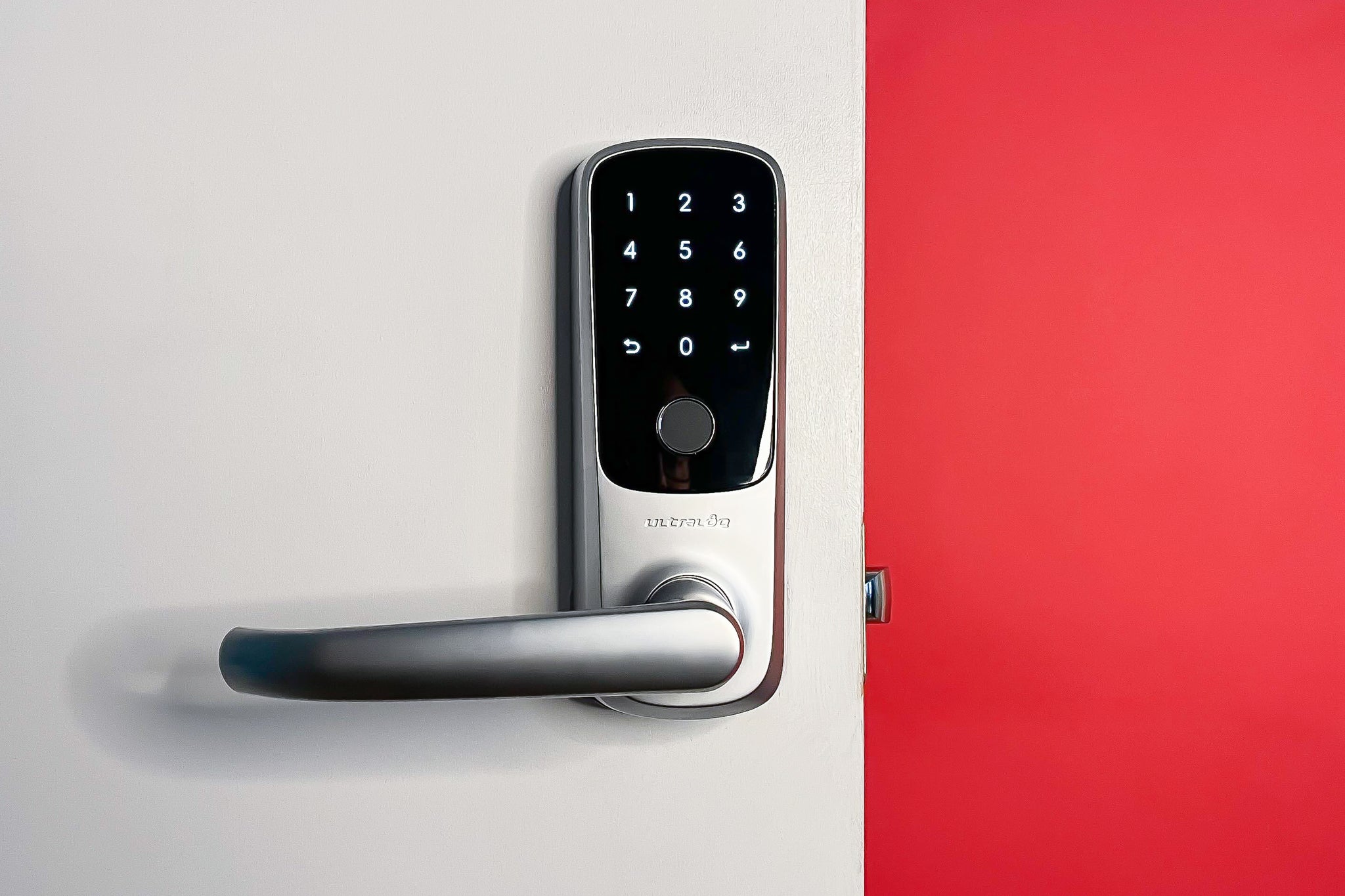
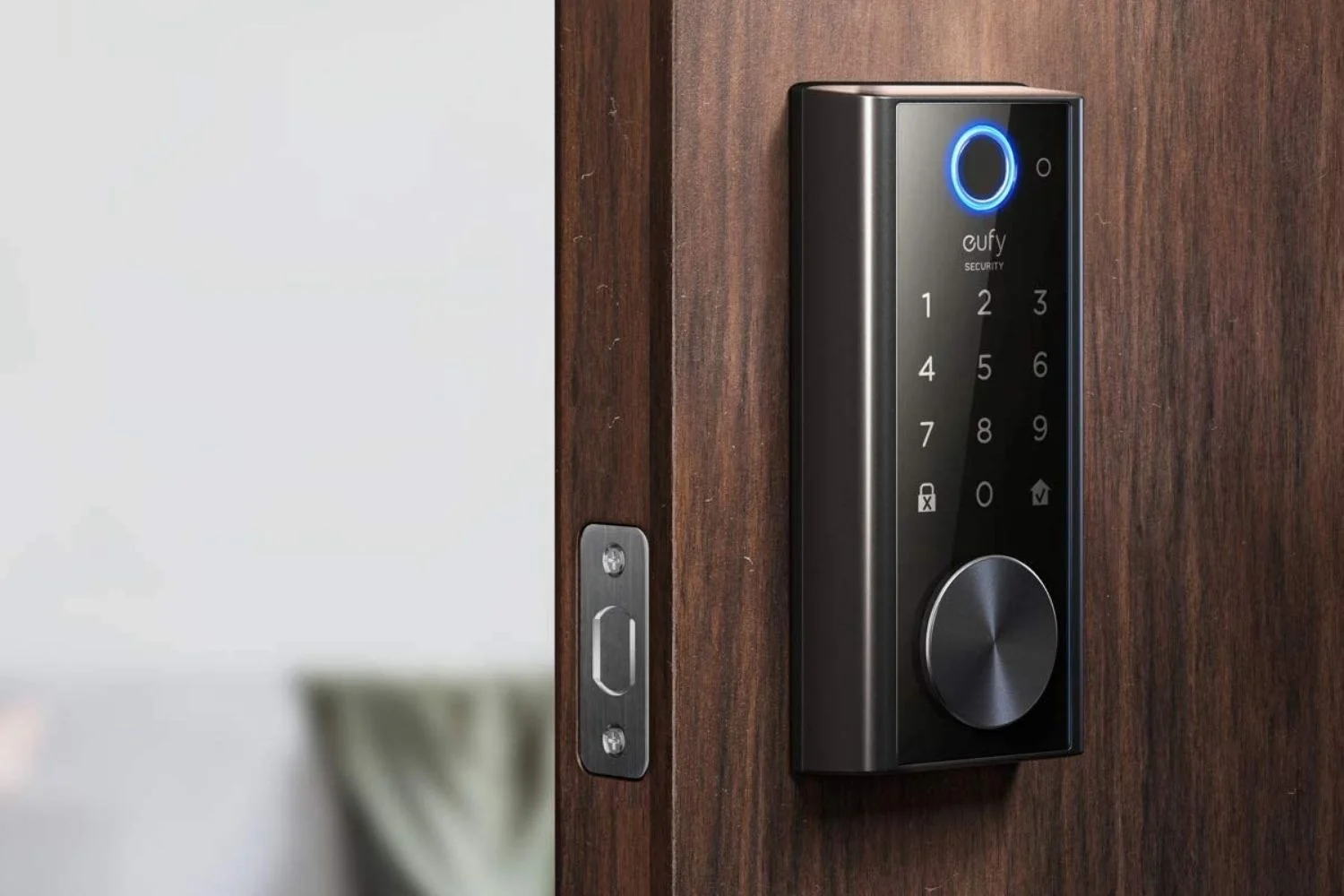
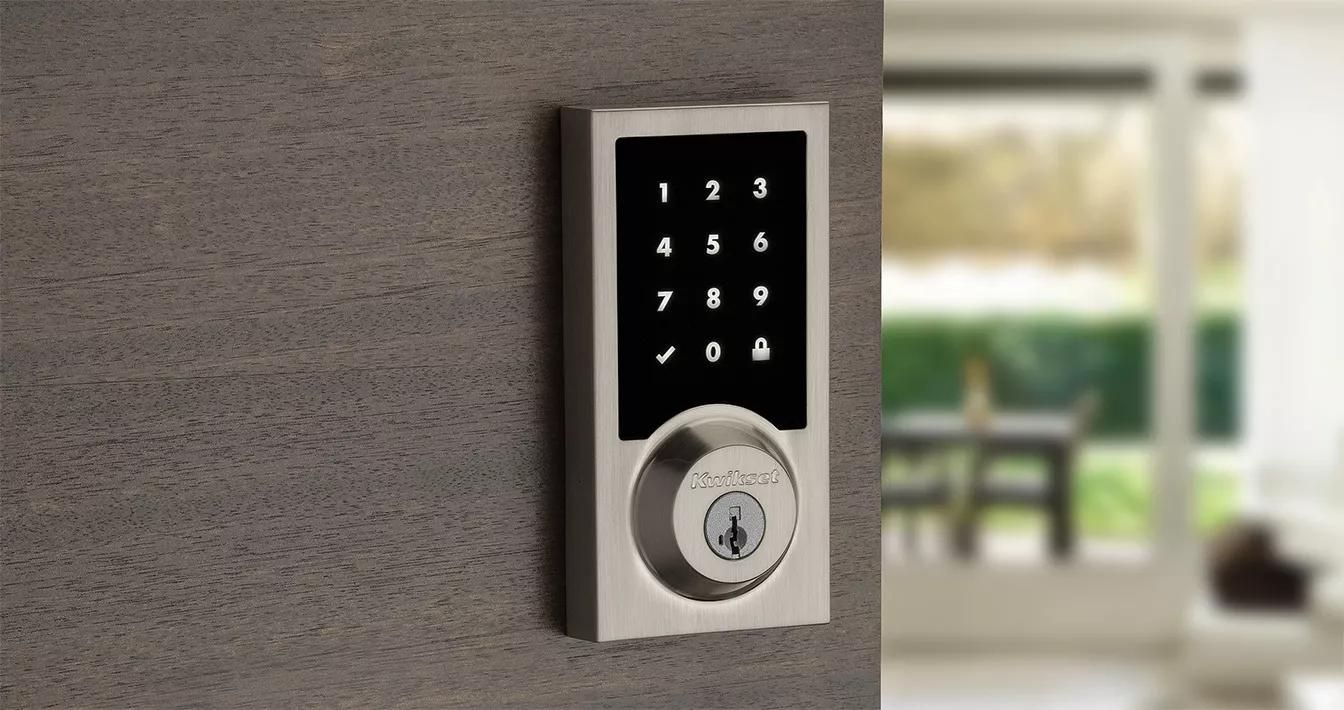
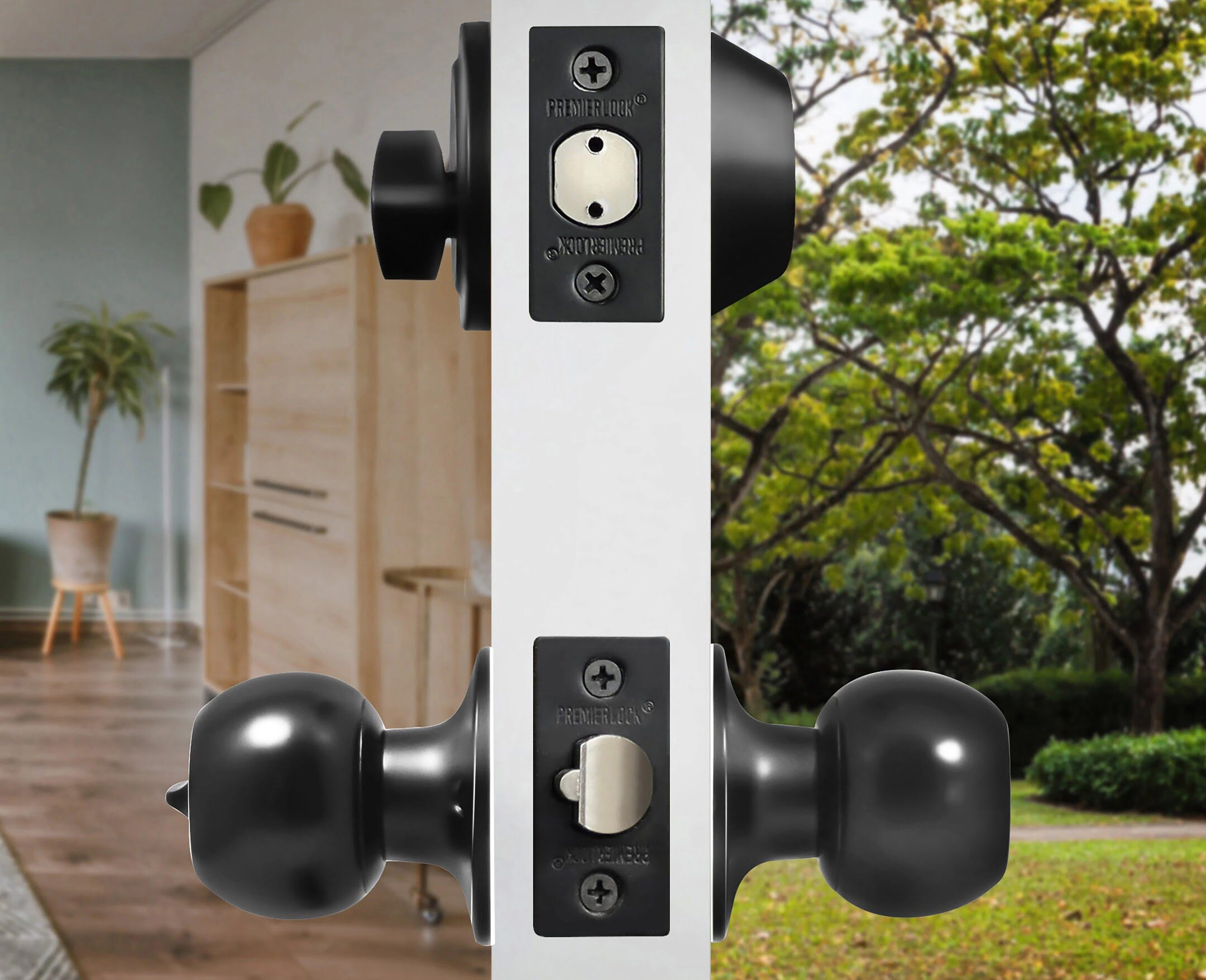
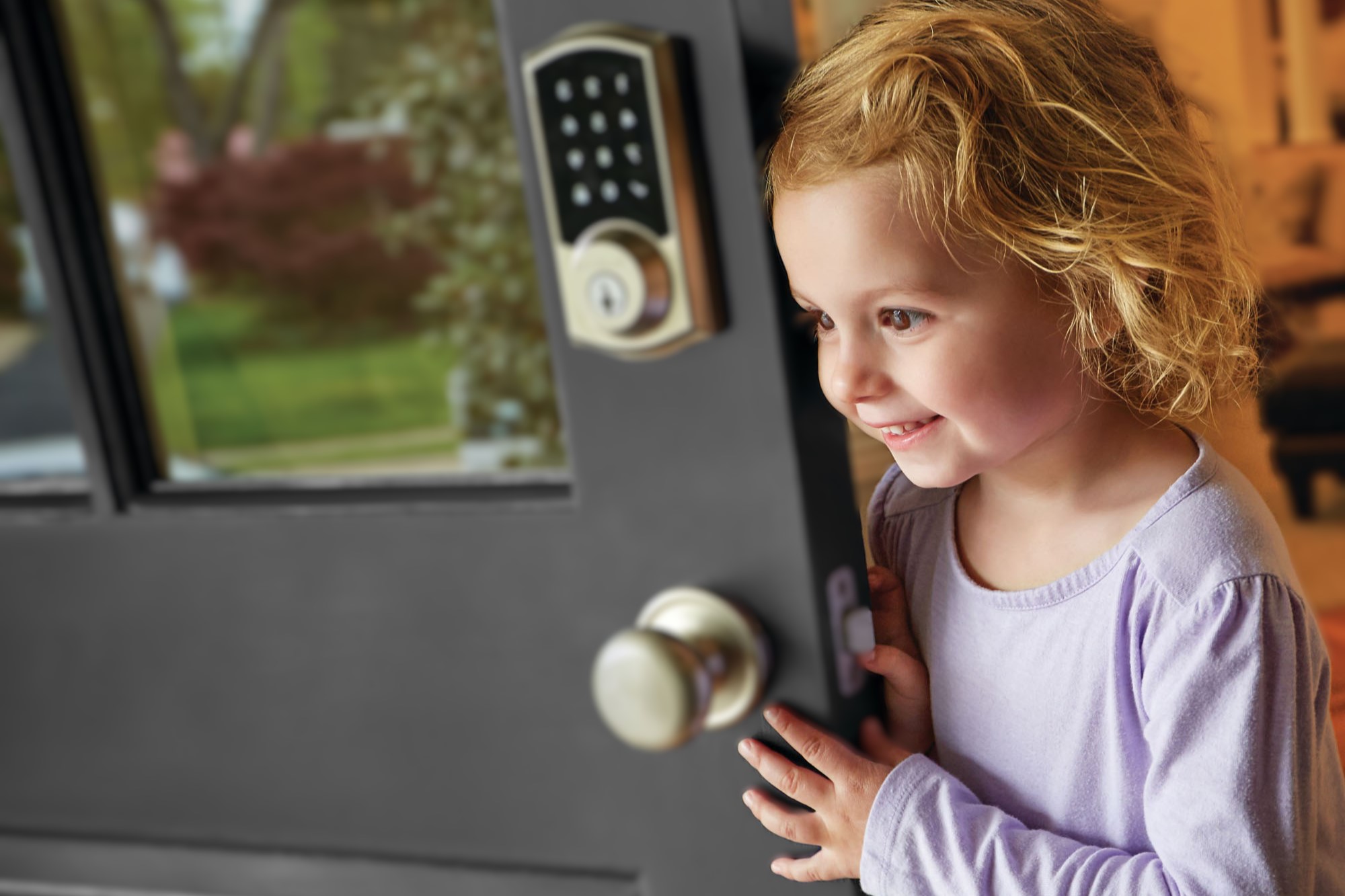
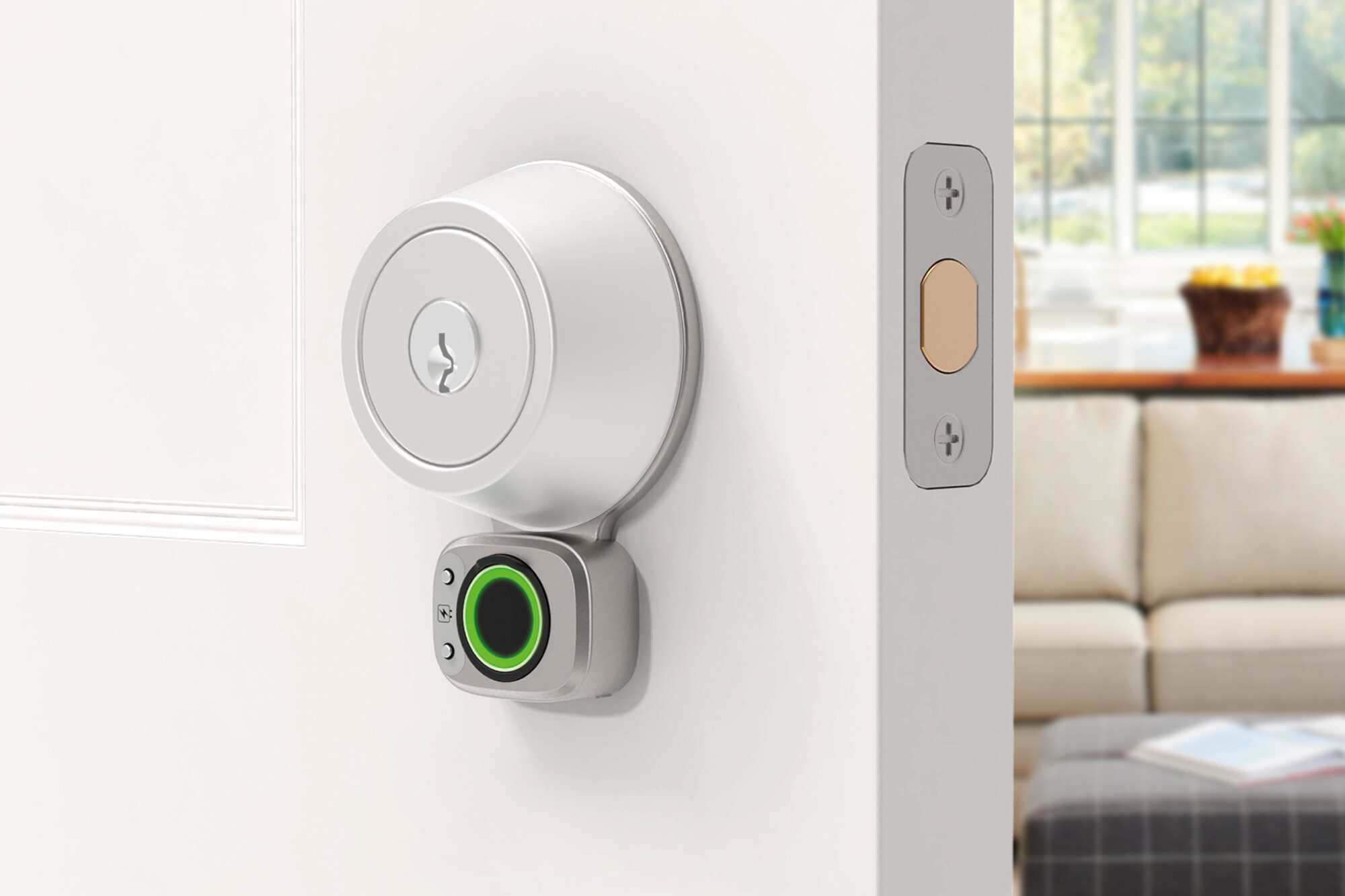
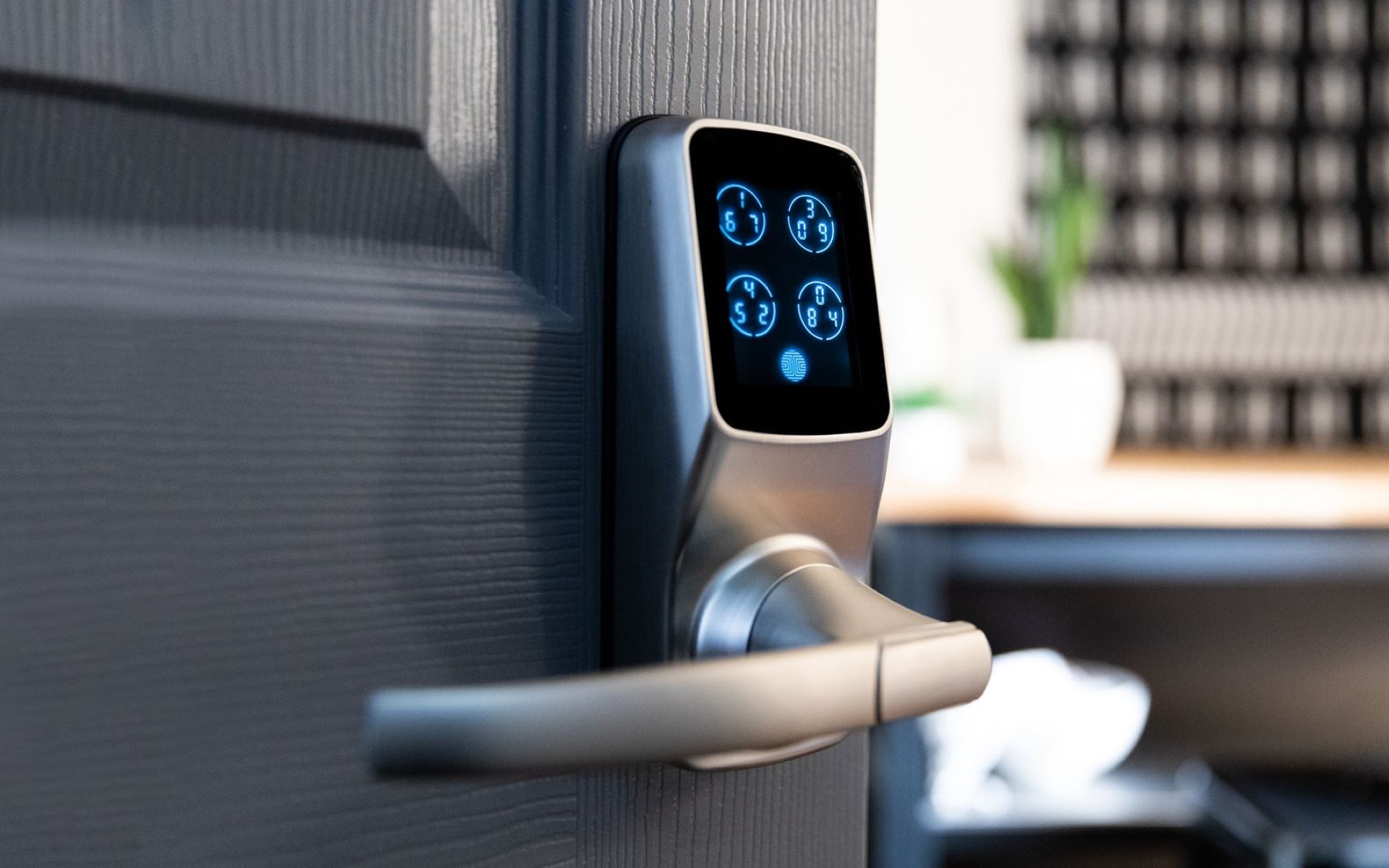
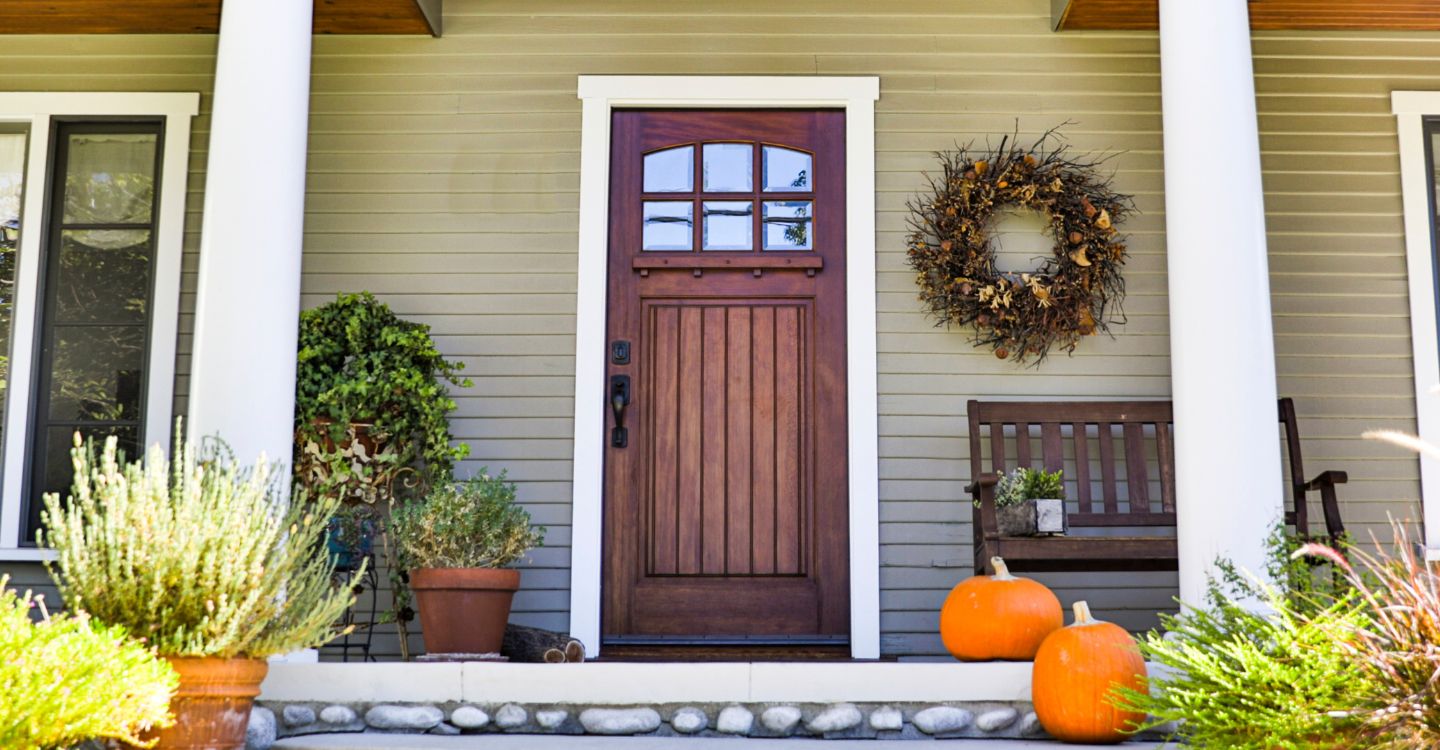
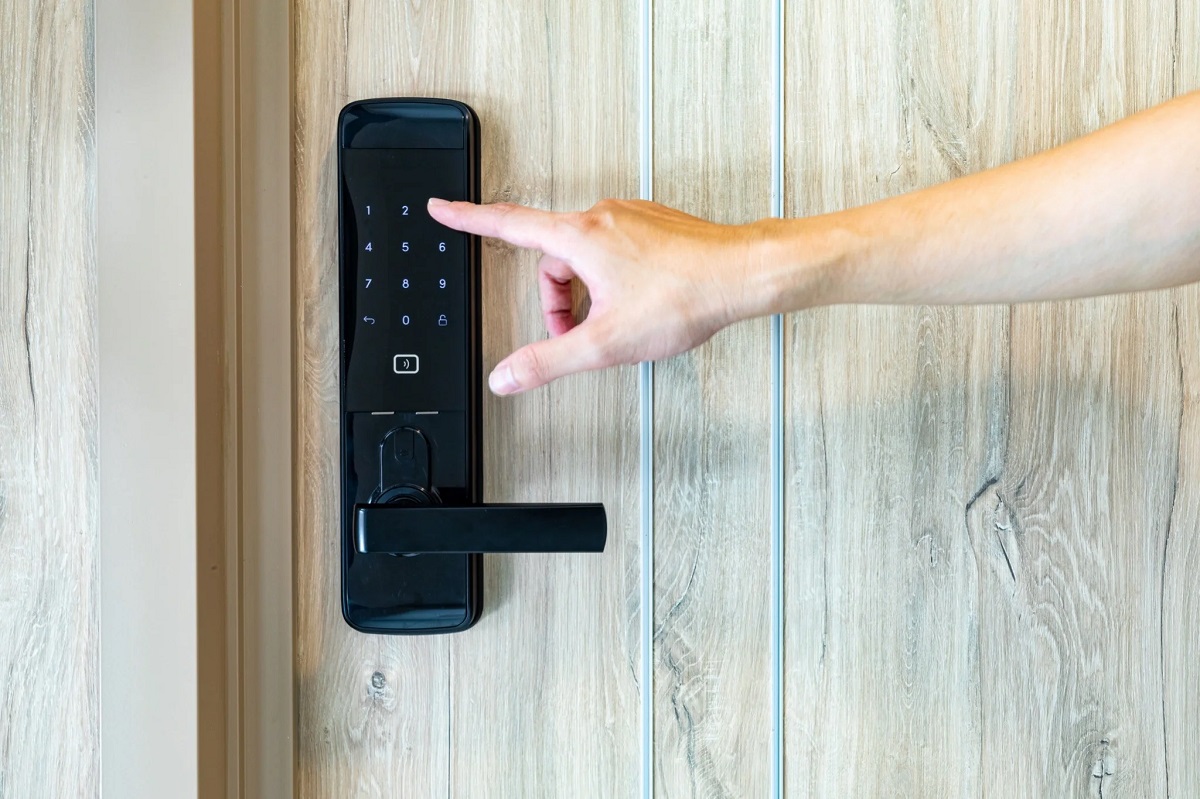

0 thoughts on “How To Lock A Keyless Entry Door”